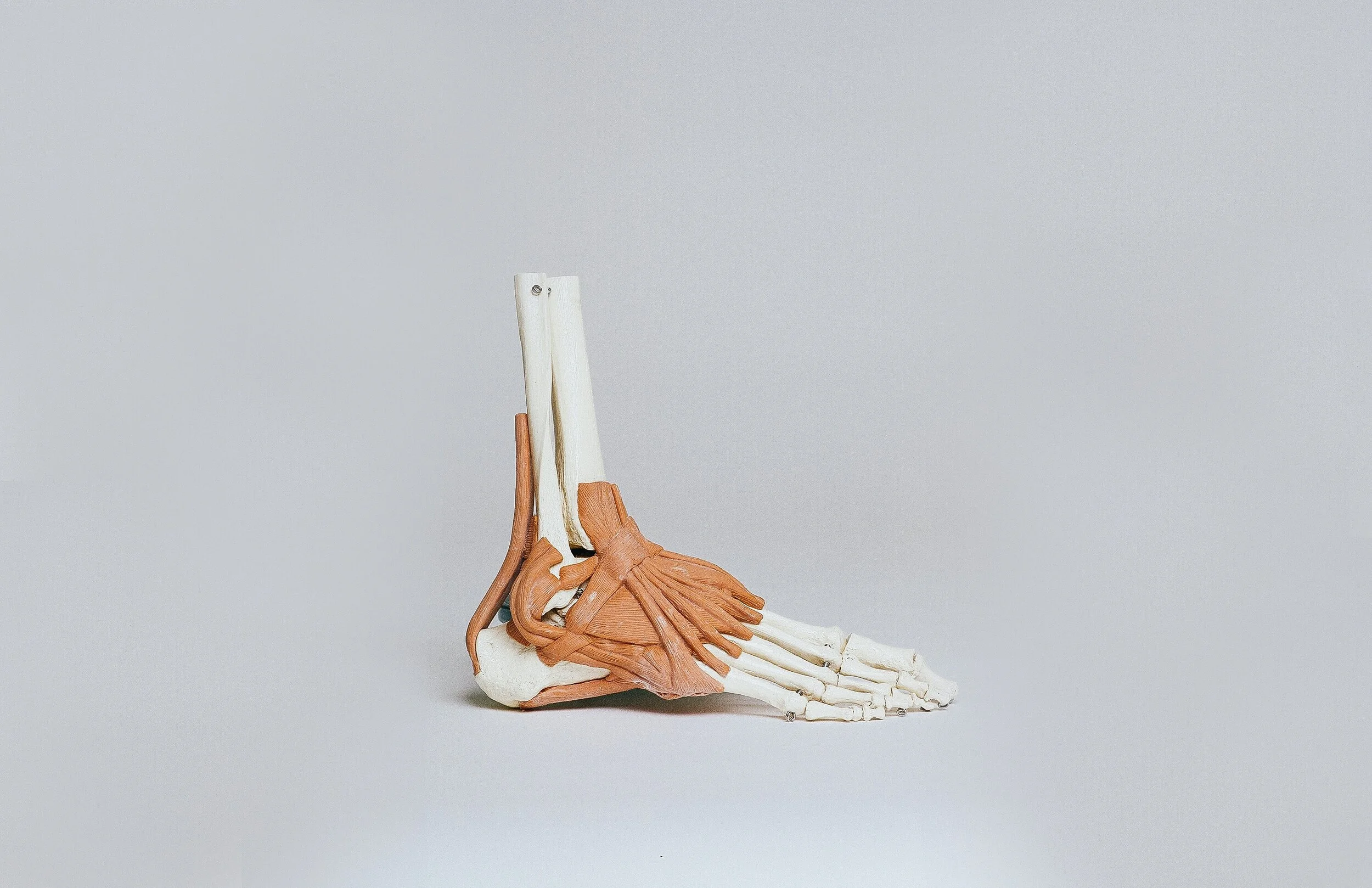The Unsung Transverse Arch: The Previously Hidden Key to Human Bipedalism
Photo by Nino Liverani on Unsplash
Watching any four-legged animal run may cause you to wonder whether four legs are more advantageous than our two. Many four-legged animals can far outpace two-legged humans in a sprint—horses, dogs, or of course the world’s fastest animal, the cheetah (who have their medium-sized build to thank for their superior speed). Of course, with a top speed of 27 mph, we’re faster than some quadrupeds, like the elephant (who can reach speeds of 15 mph).
But if we wanted to run, say, 40 miles per hour, we might need another set of legs. Yet few people would give up their bipedal abilities; after all, it’s part of what makes us human and sets us apart from the rest of the animal kingdom.
If you’ve ever watched a 10-month-old learn how to walk, you quickly get a feel for how impressive our bipedal abilities are. We’ve long understood that our feet—with its 26 bones and more than 100 ligaments, tendons, and muscles—is a marvel of anatomical architecture.
But last year, a team of researchers zeroed in on a particular structure in our foot, the transverse tarsal arch (TTA), that has more to do with our two-legged abilities than we thought.
The other foot arch
With so much talk in the sporting, footwear, and medical communities on topics like arch support, fallen arches, flat footedness, and so on, most of our foot-arch attention goes to the medial longitudinal arch (MLA), the one on the underside of your foot that runs from the ball of the big toe to the inside of your heel.
That arch is certainly very important. It helps to stiffen the foot and uses its bow-shaped structure like a spring to return energy when we walk, propelling us forward.
In their paper published in Nature, M. Venkadesan et al detail the importance of the transverse tarsal arch. This lesser-known arch runs across the top of our foot and is made up of the bones, muscles, and ligaments of the midfoot. If you look at a cross-section of the bones of the TTA, you can see how the bones curve, almost like the upper stones of an ancient archway.
The pizza principle
In another Nature article discussing the research, an analogy is offered using a familiar food. If you’ve ever tried to eat a large slice of New York-style pizza, you likely folded it in half lengthwise to stop it from flopping downward. The same principle applies to the foot: curving at the edges increases stiffness. Where other primates have more flexible, flat feet, the human foot, thanks to its curving downward at the sides, can take considerably more force. In the case of the foot, the force is coming from pushing off the ground—the pizza effect flipped upside-down.
The researchers used small elastic sheets to test the increase in load-bearing abilities. The flat sheets couldn’t take much weight and flopped easily. A sheet of the same thickness and size was able to support much more weight when the longer edges were curved upwards, further lending support to their understanding of the importance of the transverse tarsal arch. They then repeated the experiments on mechanical models and cadaveric feet, yielding the same conclusions.
The key to our bipedalism
The researchers then looked to fossils and fossilized footprints to discover just when the arch developed in hominin feet. By tracking the evolution of the curvature, they discovered that a transverse arch, similar to what is found in modern humans, developed 1.5 million years before the existence of the Homo genus.
Traditional thinking in evolution studies (as it relates to human biomechanics) nearly always emphasizes the more commonly discussed medial longitudinal arch. This research gives good reason for giving the TTA an equal share of the attention. After all, it was instrumental in the evolution of the modern, upright human.
What the research means for the modern foot
Understanding the role that the TTA plays can lead to improvement in treatments for foot disorders. It could also help engineers as they develop robotic feet. Understanding this structure may also lead to improvements in footwear design and orthopedic inserts.
An article from National Geographic suggests that the research may lead to a study comparing the height of a patient’s transverse arch with the height of their MLA arch. This greater focus on the TTA may help the medical community better understand why some patients with flat feet experience pain or other difficulties, while others with the same lack of longitudinal arch do not.
Here at Himed, we’ve seen an increase in client requests for orthopedic screws intended for foot plating and similar surgical procedures. Understanding how the transverse arch affects the overall function of the foot will no doubt help in these procedures, leading to more successful surgeries and increased patient well-being— which is always the greatest goal.

